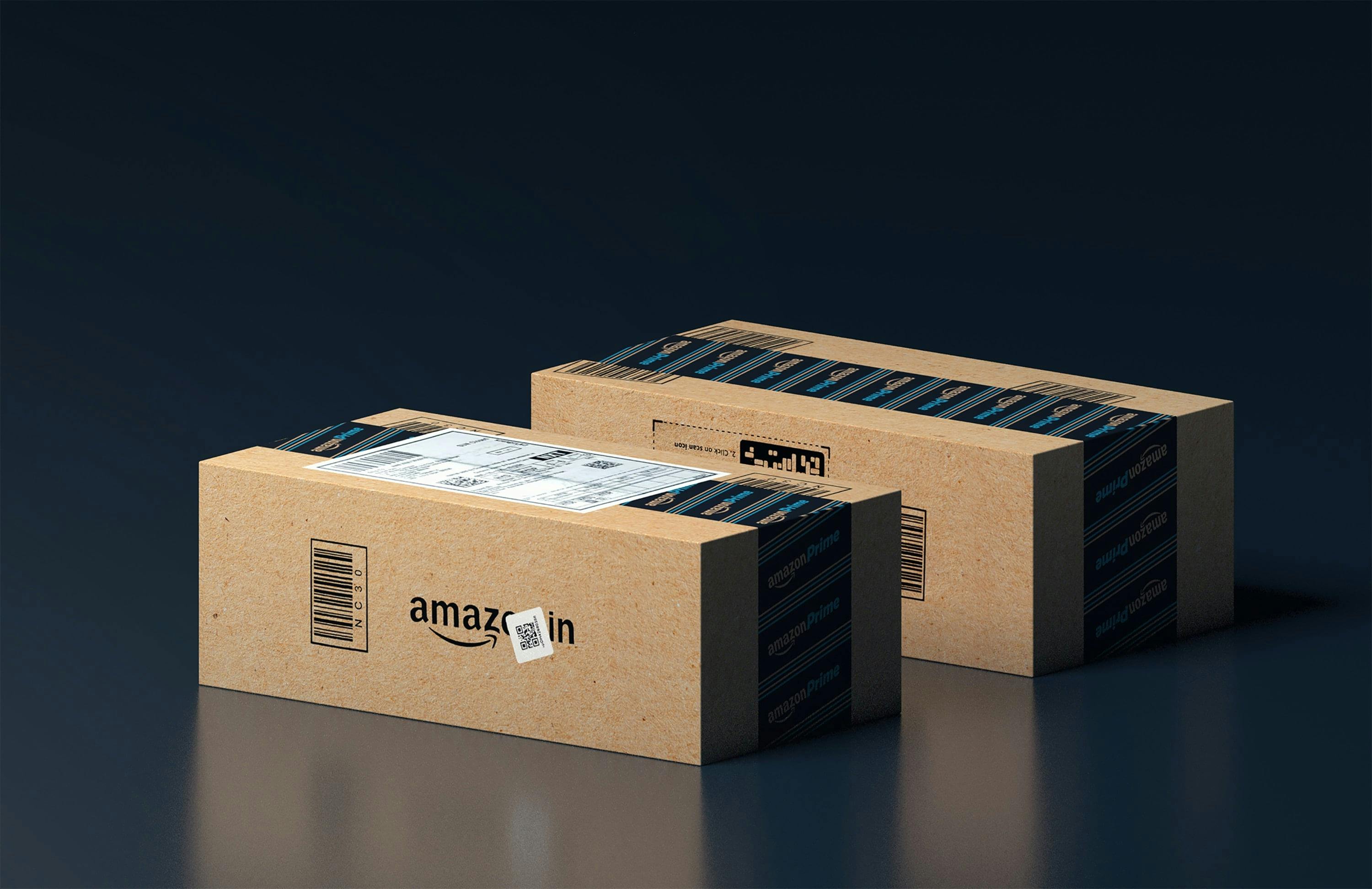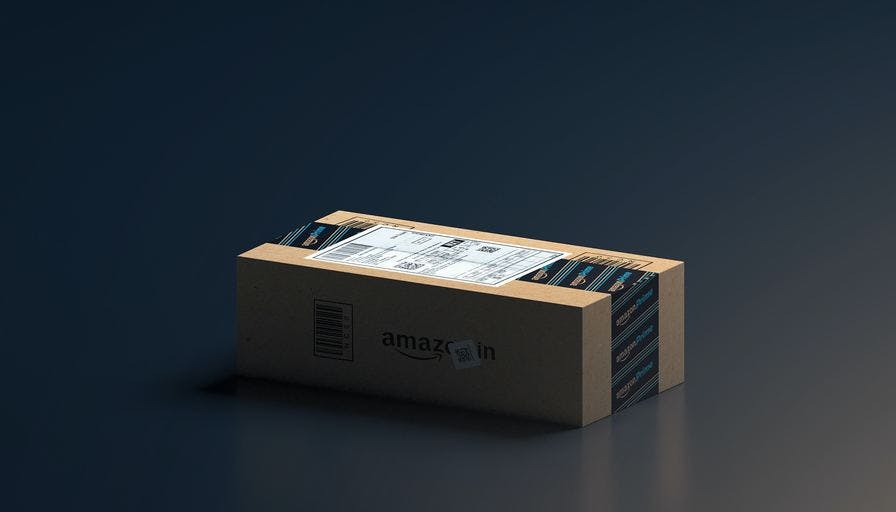Amazon Seller vs. Vendor: Which model is right for you?
Published on by Matthias Habel

Sellers often wonder which sales model on Amazon is best suited to their business. With Seller Central and Vendor Central, Amazon offers sellers two ways to sell goods using the world's largest product search engine.
Differences between Amazon Seller & Vendor
One of the most fundamental differences between the two programs is whether merchants sell their goods on Amazon directly to end customers or to Amazon: Sellers sell their products on the platform directly to end customers (B2C) and are therefore responsible for the sales process, marketing, and logistics in every respect. They have full control over pricing, product listing, sales, and customer support.
In contrast, vendors supply Amazon with their products (B2B) and act more like pure suppliers. Vendors are therefore only responsible for product selection and relinquish full control to Amazon.
Since manufacturers remain responsible for content maintenance and marketing activities in the vendor program, switching to the seller program offers significant advantages at a comparable cost.
Differences in sales
While no negotiations with Amazon are necessary for the Seller Program, vendors usually have to agree to opaque and sometimes unfavorable terms. As a result, vendors become extremely dependent on Amazon, leaving little room for their own decisions. Sellers not only pay significantly lower fees to Amazon, with a standard rate of 7-20 percent. While sellers can set and control their own sales prices, vendors transfer all rights relating to pricing to Amazon and lose the associated influence on sales margins. As Amazon repeatedly exerts pressure on market prices in the battle for the Buy Box (shopping cart field) with other retailers, high price erosion is generally possible. In some cases, Amazon offers products below the respective RRP, meaning that sellers on Amazon Vendor Central have to adjust to comparatively lower margins. The note "Sold by ..." on the product detail page below the shopping cart field shows customers with whom a transaction is being concluded and under what conditions the goods will be shipped. Since the Amazon brand is usually trusted more than a potentially unknown third-party provider, it is assumed that customers prefer to buy directly from Amazon and that vendors can expect higher sales as a result. However, it is questionable to what extent customers actually base their final purchase decision on this note and whether it compensates for the lower margins. Ultimately, vendors also have to be prepared for payment terms of up to 90 days in some cases, while sellers can look forward to receiving payment after just 14 days.

Differences in logistics
Sellers have full control over listings, the products offered, and thus product availability. Accordingly, proactive inventory management is necessary. Since vendors supply Amazon with their products, the listing and availability are ultimately in Amazon's hands. It is not uncommon for Amazon to place small orders with different warehouses several times a week. In addition, Amazon imposes penalties if vendors do not deliver products to the desired warehouse properly and on time. Amazon handles all logistics for vendors and offers end customers the Amazon Prime service at no additional cost to vendors. In addition to its own shipping service (Fulfillment by Merchant – FBM), Amazon also offers all sellers the option of participating in the Fulfillment by Amazon (FBA) program for a fee. Similar to a consignment warehouse, goods in Germany are stored in one of the 12 Amazon Fulfillment Centers (AFC), but remain the property of the seller until they are sold, with Amazon only handling shipping and returns management. FBA allows sellers to take advantage of Amazon Prime shipping benefits, so participation in the FBA program is always recommended. Since Amazon Prime customers are more likely to order from participating sellers thanks to free and fast shipping, FBA also offers decisive advantages in the competition for shopping carts, resulting in a significant increase in sales.
Marketing and advertising measures
In order to present their products in the best possible light, sellers and vendors have similar presentation options at their disposal. Sellers with a brand registered on Amazon, as well as vendors, have the option of using A+ Content, i.e. enhanced content for product descriptions, in Amazon Seller Central or Vendor Central, and of creating their own Amazon Brand Store. While Amazon Advertising Services were previously only available through Vendor Central, sellers now also have the option of increasing visibility and boosting sales with Sponsored Products, Sponsored Brands, and Demand-Side Platform Display advertising campaigns. Both sellers and vendors are responsible for the presentation of products and, if applicable, the brand store, as well as the creation and management of advertising campaigns. Accordingly, sellers in both programs must pay advertising expenses to Amazon. While Amazon receives advertising revenue from vendors and the sales generated by the advertising campaigns are additionally generated on Amazon's side, sellers can book the direct sales on their own company's side.
Operations
Since sellers manage sales independently, they have access to significantly more information via Seller Central than via Amazon Vendor Central. With shopping cart statistics, customer and transaction data, and shopping cart field quotas, they receive relevant information that can also provide important target group insights beyond the sales channel. However, sellers must be prepared to regularly review the relevant quality metrics. This also means that sellers are responsible for customer service and must respond to customer inquiries within 24 hours. In addition, returns should be processed promptly when shipped by the seller. While Amazon provides this service in Vendor Central, sellers are required to put in more effort. However, this gives sellers the opportunity to obtain direct feedback on their products and, if applicable, their brand through contact with end customers.
pricing
As an Amazon seller, you have the advantage of setting your own prices. However, it is important not to neglect proper pricing and thorough research. Amazon takes care of this task in Amazon Vendor Central, but there are often differences in pricing between Amazon and manufacturers.
Manufacturers must therefore prepare themselves for declining margins, as Amazon often aggressively pushes down purchase prices. In addition, Amazon has 100% control over the sales price in the Vendor Program. Products are often offered significantly below the RRP, which can lead to the destruction of the market price.
Amazon Seller
An Amazon seller is a person or company that acts as a retailer or third-party seller on the Amazon Marketplace. The seller uses Amazon's marketplace model, which means that they are responsible for the price, listings (offers), inventory, shipping of their products, and customer support.
Amazon sellers have two different options for shipping products: Fulfillment by Amazon (FBA) and Fulfillment by Merchant (FBM). With the FBA service, sellers store their products in an Amazon fulfillment center and Amazon handles shipping, returns, and customer service. With Amazon FBM, sellers take care of the storage, packaging, and shipping of their products themselves.
Advantages
No negotiations with Amazon on terms and conditions
High degree of freedom and control
No specifications regarding quantities and stock levels
Individual customer support available
Disadvantages
No “Sold and shipped by Amazon” trust component
High costs for customer support, shipping, and returns processingg
Note
Any company can register for Amazon Seller Central without a special invitation. Using an Amazon agency can significantly speed up the registration process.
Amazon Vendor
Amazon's Vendor Program is generally aimed at larger manufacturers, brands, and sellers, and is only open by invitation. Compared to the seller model, there is a significant difference in the relationship with Amazon. As a vendor, you act more like a supplier and sell goods in large quantities directly to Amazon. Amazon, in turn, offers the products under its own name on the platform. Once the goods have been handed over to Amazon, Amazon is solely responsible for shipping, sales, and customer support to end customers.
Advantages
High sales potential and trust through “Sold and shipped by Amazon”
Handling logistics (shipping, returns)
Amazon takes over sales and customer support
Returns and shipping are handled by Amazon
Access to Vine Tester Program
Disadvantages
Less freedom to make decisions and little to no say in pricing
Often lengthy price negotiations with Amazon
Amazon decides on product portfolio and inventory levels
Inventory requirements must be met according to Amazon specifications.
Amazon Hybrid Model - Vendor & Seller Combined
The Amazon hybrid model is ideal for combining the advantages of both models. With this strategy, both sellers and vendors can benefit from greater customization options, flexibility, and increased security.
The vendor sells directly to end customers via their own seller account, but also supplies products to Amazon as a vendor. This allows the vendor to retain control over pricing, product presentation, and marketing activities, while at the same time enjoying the benefits of a vendor agreement with Amazon.
The hybrid model makes it possible to leverage the strengths of both sales models and develop a customized sales strategy that meets the company's requirements and objectives.
Conclusion
The choice of Amazon program depends on the focus and strategy of your company. In general, the vendor model is designed for larger manufacturers and brand owners who want to concentrate on their core competencies and do not want direct customer contact. The Amazon Vendor Program requires sufficient planning of human resources for administrative tasks and marketing activities. In addition, Amazon takes control of pricing in this model.
The Seller program, on the other hand, is aimed at companies that want to avoid such dependence. As a seller, you retain control over pricing, product presentation, and advertising measures at all times.
Frequently asked questions
Related Posts


